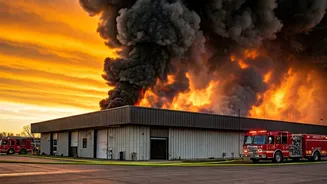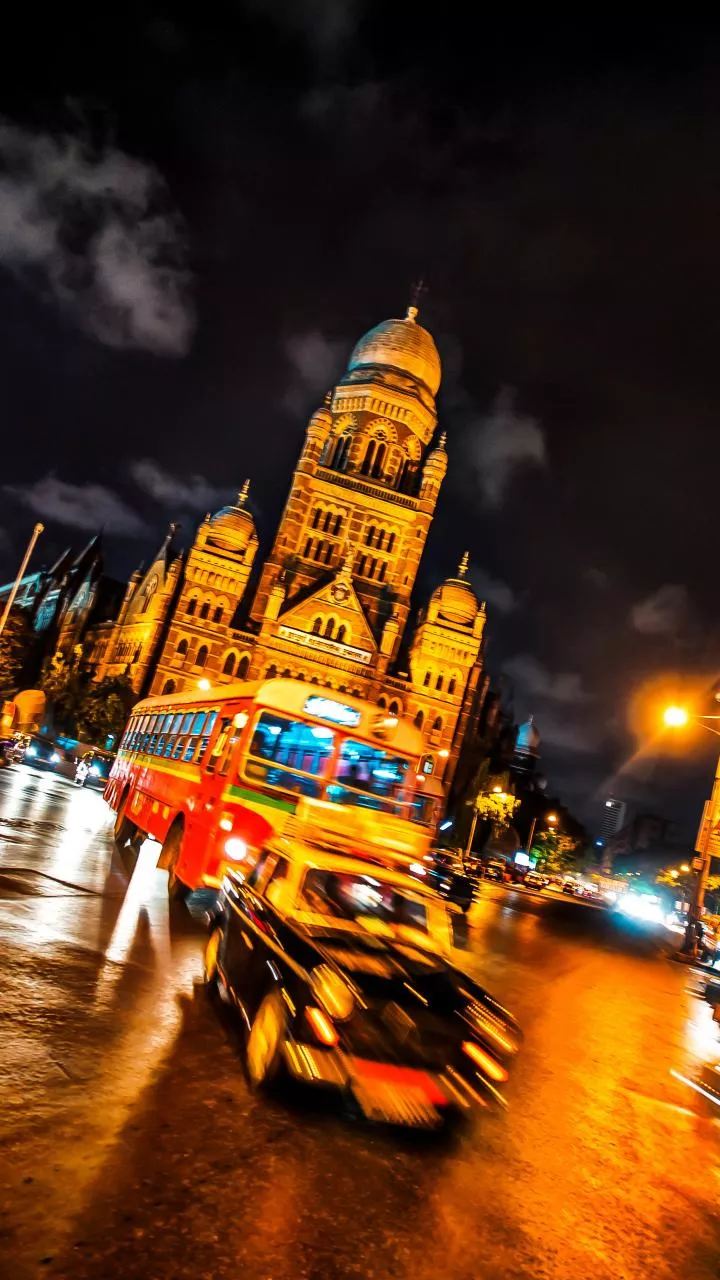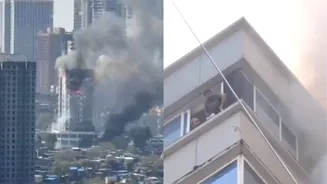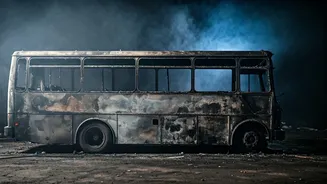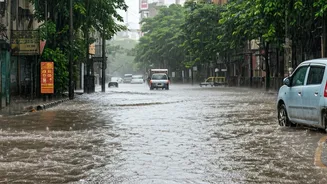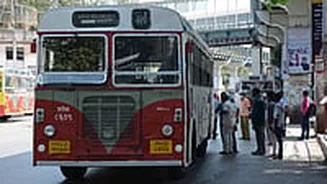Initial Fire Incident
The incident unfolded in a commercial building within Mumbai, and the situation quickly escalated to a Level-II fire. The escalation signaled a significant
severity of the fire, drawing in a rapid response from the Mumbai Fire Brigade. The early reports suggested that the fire had trapped several people, leading to a race against time for rescue operations. The exact location of the building was reported within Mumbai's commercial district, which likely heightened the concern due to the high density of people who might have been affected. Emergency services focused on securing the area and starting evacuation procedures, which were essential given the intensity of the fire.
People Stranded Above
One of the most concerning aspects of the fire was that individuals were reported to be stuck on the top floors of the burning building. This situation placed a great deal of urgency on rescue operations. The height and structure of the building presented additional challenges for firefighters attempting to gain access and escort people to safety. Rescue operations required a detailed assessment of the fire's spread, possible collapse risks, and the location of those in need of assistance. Strategies included employing specialized equipment, such as elevated platforms and aerial ladders. The primary objective was to ensure the safe and rapid extraction of everyone trapped, underlining the life-threatening situation and the heroic efforts by emergency personnel.
Emergency Response Details
In response to the emergency, several units of the Mumbai Fire Brigade rushed to the scene. Firefighters engaged in a battle to contain the blaze while simultaneously conducting search and rescue operations. This was a challenging undertaking, requiring a combination of firefighting expertise and the precision of rescue protocols. The fire's progression and its spread within the building demanded the strategic deployment of resources. The response also saw assistance from other emergency services, as they assisted with crowd control, medical assistance, and overall coordination. The aim was to ensure everyone's safety and provide essential medical care for anyone affected by the fire.
Firefighting Challenges
The operation was complicated by various factors. The intensity of the fire, the building's structural layout, and the presence of combustible materials are just some of the difficulties that firefighters had to manage. They had to deal with hazardous conditions, including smoke, heat, and potential structural instability. The firefighters' strategies needed to adapt as the fire spread, including changing the approaches and equipment used to fight the fire. The safety of the firefighters themselves was a crucial priority, demanding constant vigilance and safety protocols. Their efforts helped to minimize the damage and, most importantly, saved lives in an extremely dangerous environment.
Impact and Aftermath
Following the fire, the aftermath necessitated a detailed evaluation of the incident. This assessment included determining the cause of the fire, estimating the extent of the damage, and documenting the impact on people and property. Investigations were conducted to find out what had led to the fire. An analysis was conducted to pinpoint any safety lapses or other contributing factors. The authorities were probably considering steps to prevent similar incidents in the future. The community response would likely involve support for those affected and any initiatives aimed at promoting fire safety awareness within the local community.
